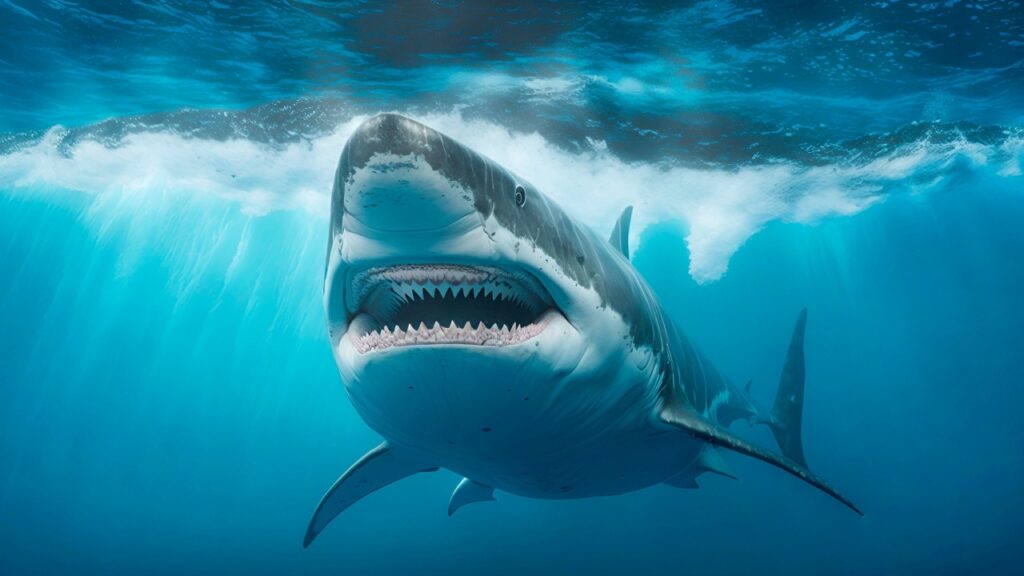Have you ever wondered how some animals can regrow lost body parts? From starfish to salamanders, these 12 amazing creatures possess incredible regenerative abilities that have fascinated scientists for decades. Let’s dive in and explore the world of regeneration in the animal kingdom!
1. Axolotls

Axolotls, also known as Mexican walking fish, are amphibians with an extraordinary ability to regenerate lost body parts, including their brain, heart, and limbs. These aquatic creatures can even regrow their spinal cord, making them a valuable subject for medical research.
2. Starfish

Starfish, or sea stars, are well-known for their ability to regenerate lost arms. In fact, some species can regenerate an entirely new body from just a single arm, as long as a portion of the central disc is attached.
3. Planarians
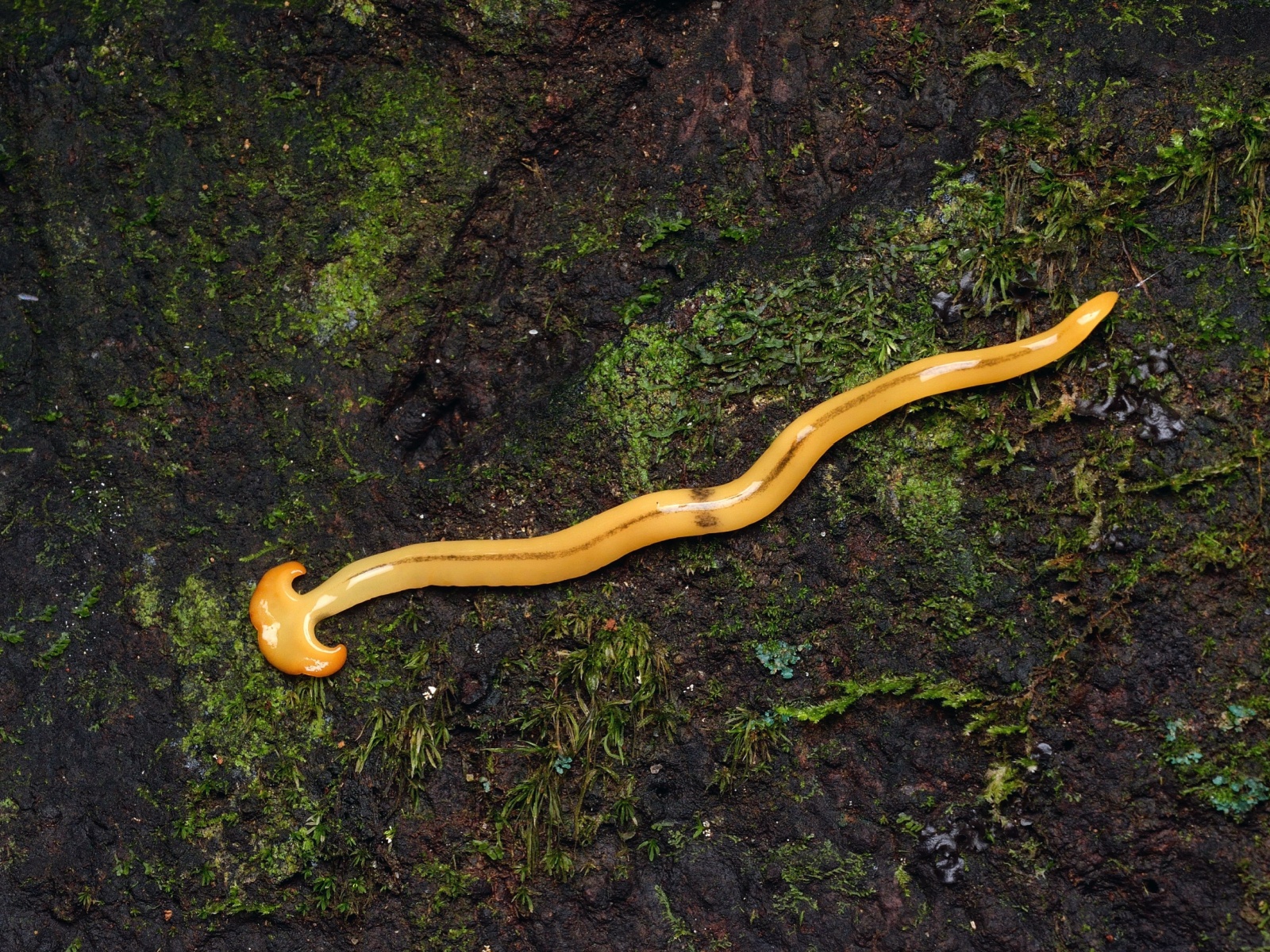
Planarians are tiny, flatworms with an astonishing regenerative capacity. These creatures can regrow their entire body from a small fragment, thanks to specialized stem cells called neoblasts.
4. Hydra

Hydra, a genus of small, freshwater animals, can regenerate their entire body from just a few cells. These tiny creatures are virtually immortal, as they can continuously regenerate and avoid the effects of aging.
5. Zebrafish
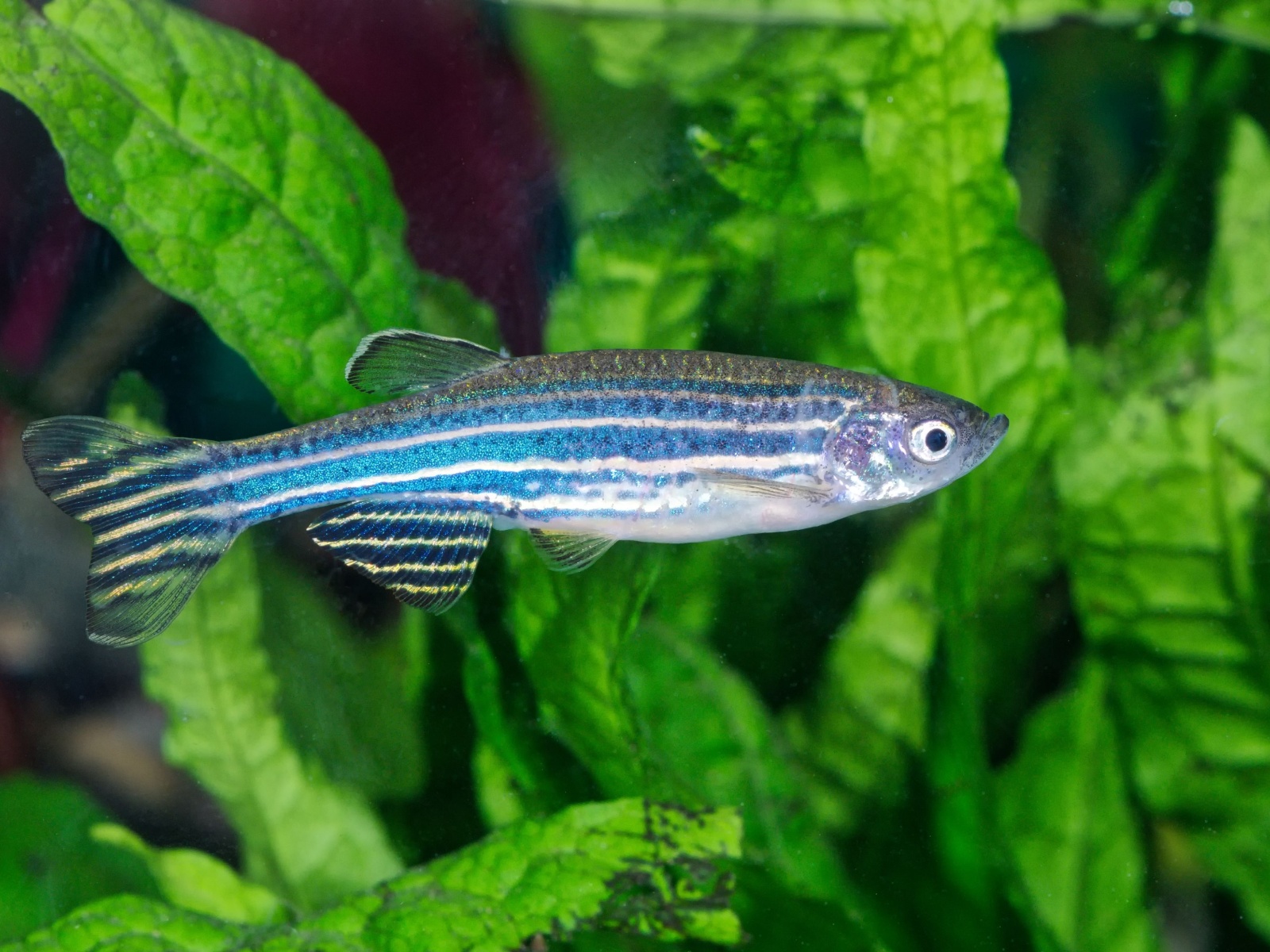
Zebrafish, a popular aquarium fish, can regenerate damaged heart tissue, making them an important model for studying heart disease and regeneration. They can also regrow their fins, skin, and even parts of their brain.
6. Spiders
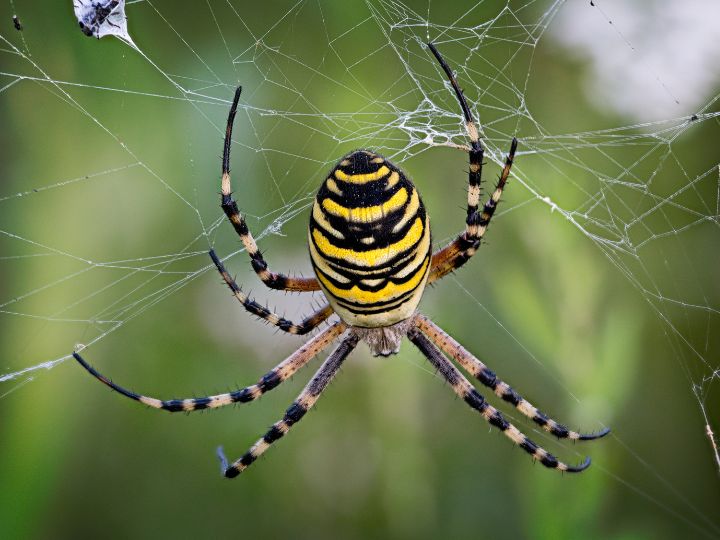
Some species of spiders can regenerate lost legs, although the process is slow and usually only occurs when the spider is young. This ability helps them survive after losing a limb to a predator or during molting.
7. Lizards

Many lizard species, such as geckos and iguanas, can detach their tails as a defense mechanism against predators. The tail will continue to wiggle, distracting the predator while the lizard escapes. Over time, the lizard will regrow its tail.
8. Deer

Deer shed and regrow their antlers every year, making them the only mammals capable of regenerating a complete body part. This process is controlled by hormones and can take several months to complete.
9. Scorpions
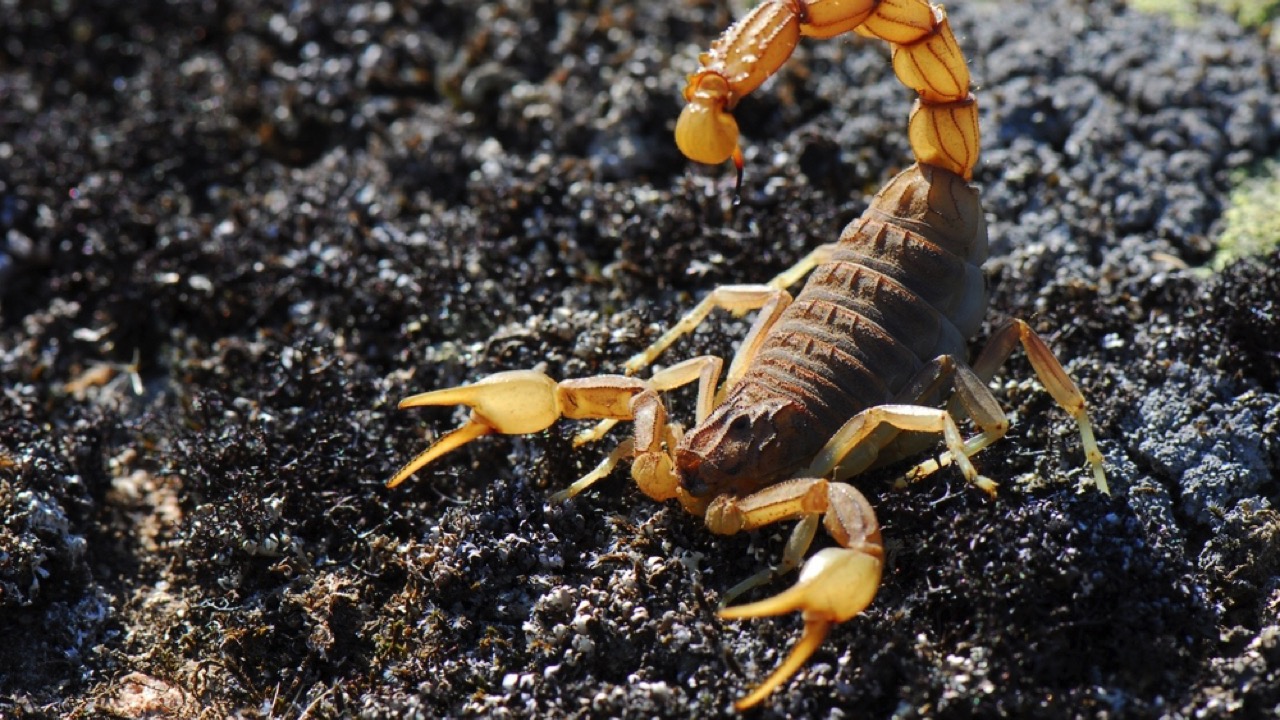
Scorpions can regenerate lost segments of their tail, including the venomous stinger. This adaptation allows them to recover from injury and maintain their defense and hunting capabilities.
10. Sea Cucumbers
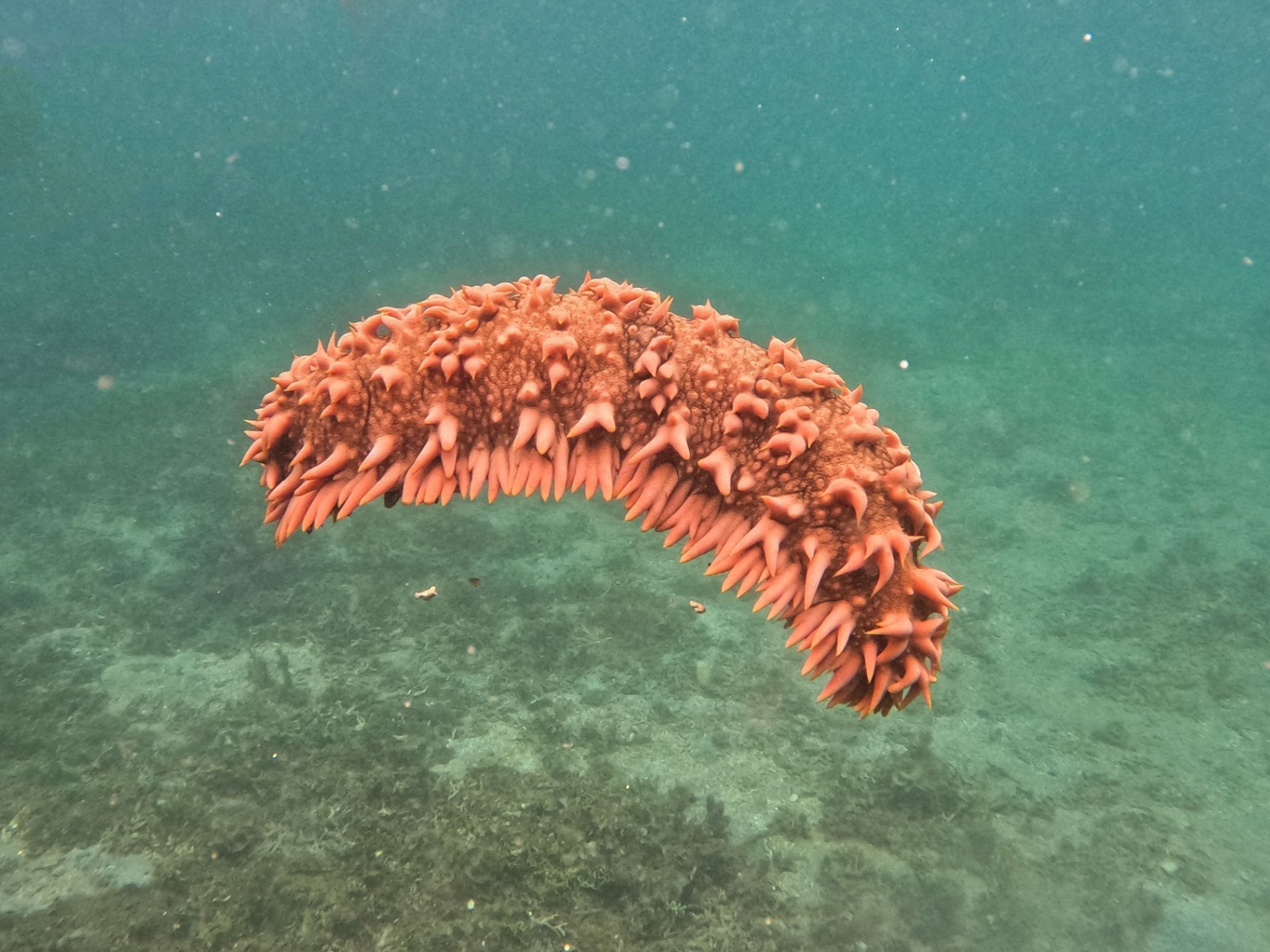
Sea cucumbers have the remarkable ability to regenerate lost organs, including their digestive system, nervous system, and even their reproductive organs. Some species can also expel their internal organs as a defense mechanism and then regrow them later.
11. Sponges
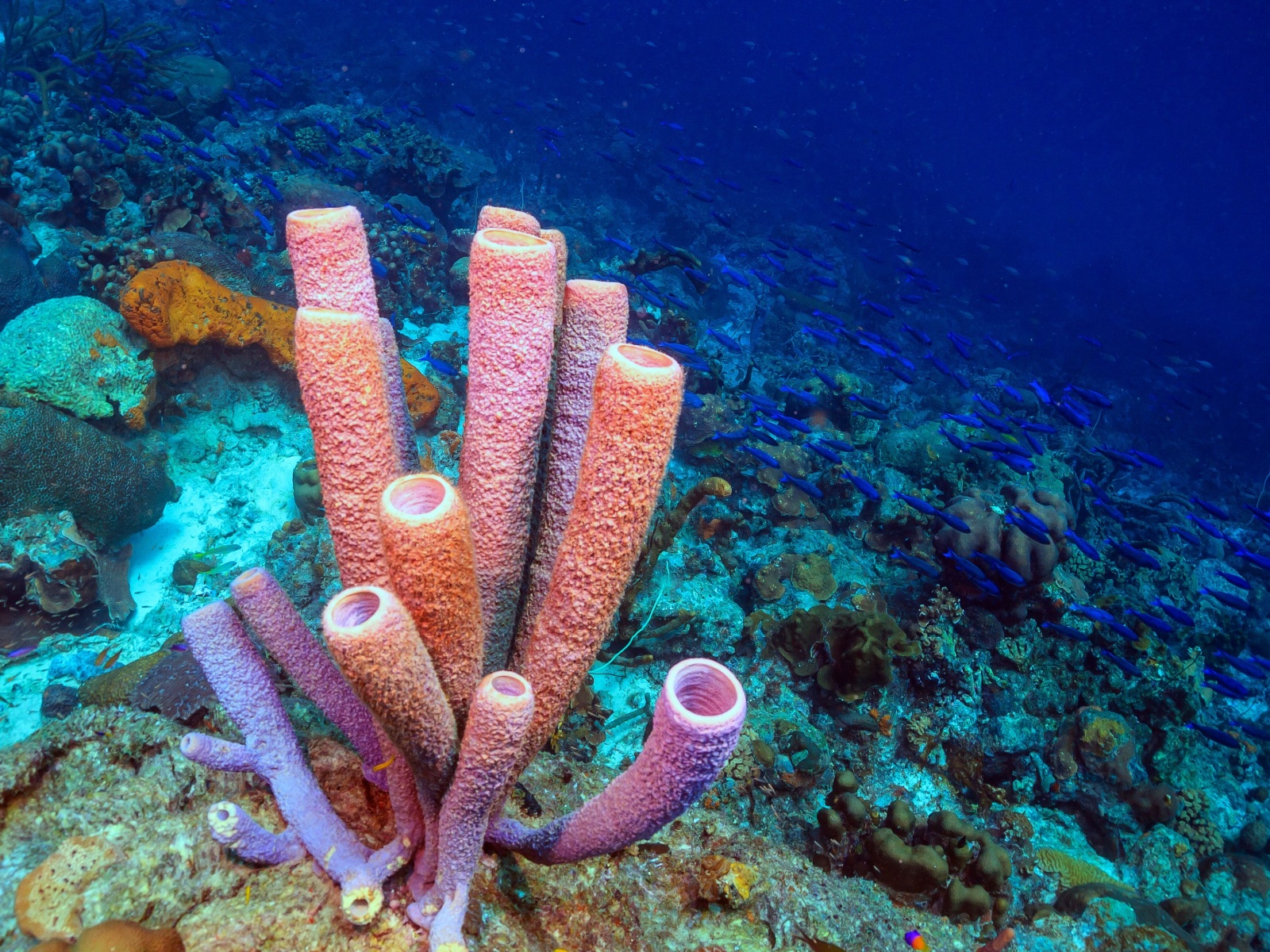
Sponges are simple animals with an incredible regenerative capacity. They can regenerate from small fragments and can even rearrange their cells to form a new, functional body structure.
12. Sharks
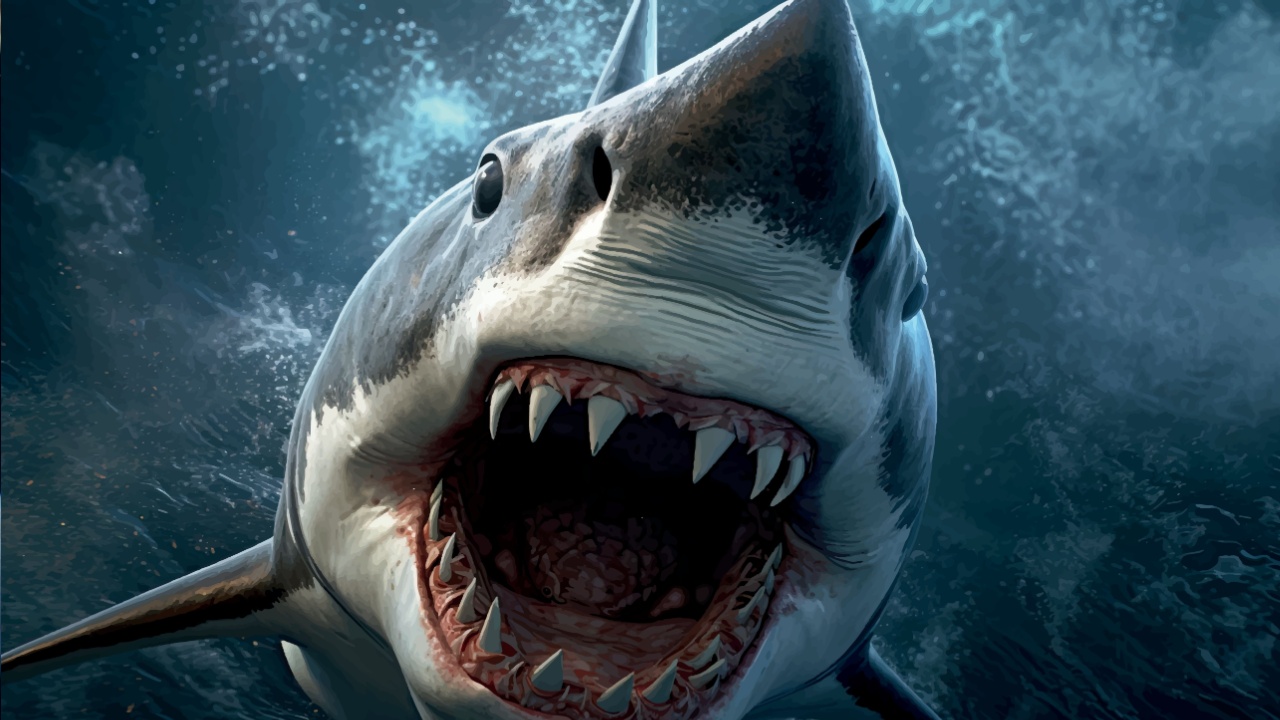
Sharks are known for their ability to continuously regenerate their teeth throughout their lives. Some species can produce over 30,000 teeth in a lifetime, ensuring they always have a sharp set for hunting and feeding.
Becky is a fervent wildlife enthusiast and pet care expert with a diploma in canine nutrition. Her love for animals stretches beyond the domestic, embracing the wild tapestry of global fauna. With over a decade of experience in animal welfare, Becky lends her expertise to OutlandishOwl through insightful articles, captivating wildlife information, and invaluable guidance on pet nutrition. Her work embodies a deep commitment to understanding the intricate lives of animals and a passion for educating others on sustaining natural habitats. Becky's hands-on conservation efforts and her knack for translating complex dietary science into practical pet feeding tips make her an indispensable voice for creatures great and small.

